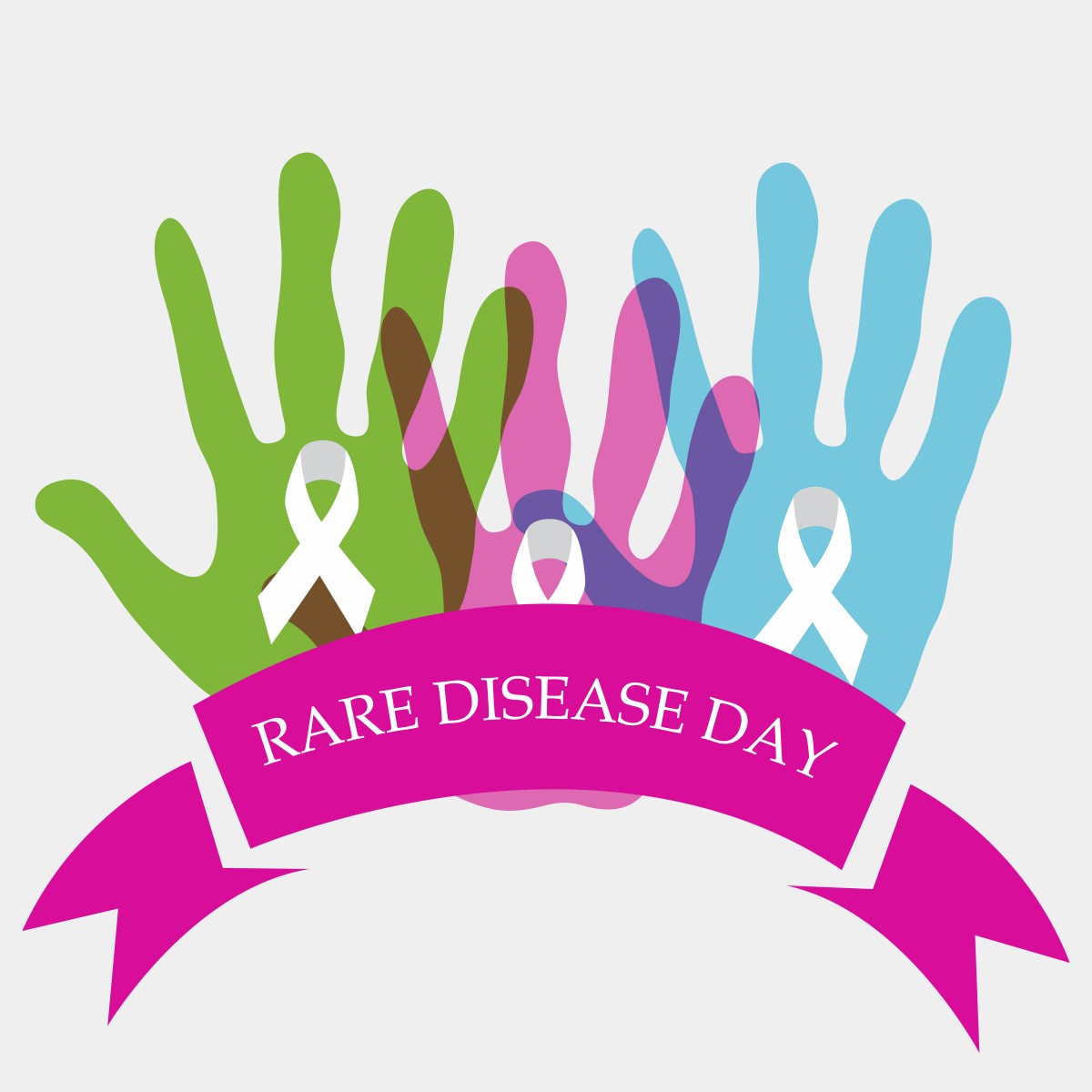Population Bio Links Mitochondrial Disorder to Parkinson’s, Keeps Researching Rare Diseases

Population Bio will continue investing in CNV Beacon, a gene discovery platform that helps identify the genetic cause of rare diseases, the company announced Feb. 28, Rare Disease Day.
CNV Beacon can identify rare genetic variations between people — variations that are not detectable using standard tests and methods. The platform can help group common diseases such as Parkinson’s and Alzheimer’s into different subtypes and show that they are actually a mixture of rare diseases appearing as one illness.
“With almost 5 percent of the world’s population — an estimated 350 million people — living with a rare condition, we understand the challenging diagnostic odyssey experienced by people with rare diseases,” Jim Chinitz, CEO of Population Bio, said in a press release. “World Rare Disease Day raises awareness and solidarity, and our company is thrilled to be a year-round stakeholder by defining new rare diseases, improving diagnostics, generating new biological knowledge and inspiring novel targeted drug strategies.”
For example, using CNV Beacon, scientists have shown that some people with Parkinson’s carry mutations in a gene called NUBPL. Mutations in the same gene are also known to cause an ultra-rare mitochondrial disorder in children called Complex I Deficiency (CID). New York-based Population Bio presented its results at the October 2016 annual meeting of the American Society of Human Genetics.
A similar overlap also exists between Parkinson’s and Gaucher disease. Research has shown that some people with Parkinson’s are more likely to carry a silent mutation in the GBA1 gene. Mutations in this gene also cause Gaucher, a rare disease characterized by a buildup of fatty acids in certain organs.
“Our linking of NUBPL mutations in Parkinson’s disease (PD) to CID in children is analogous to the connection found many years ago between Gaucher disease and Parkinson’s,” said Eli Hatchwell, MD, chief scientific officer of Population Bio. “The Gaucher/PD connection has resulted in an active area of pharmaceutical research and our hope is that the NUBPL/PD connection will follow a similar path and lead to a new class of therapeutics.”






